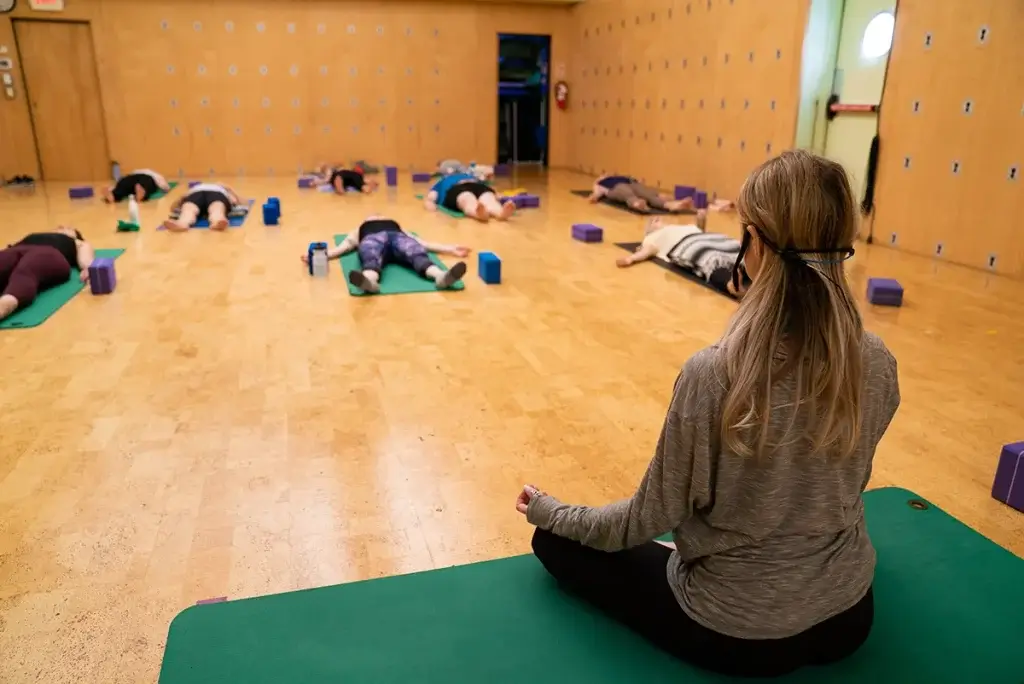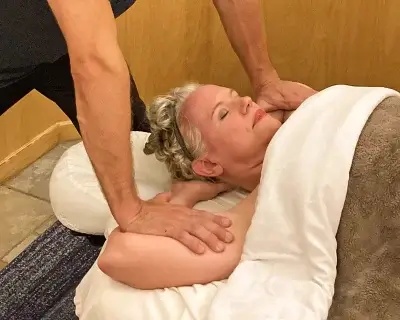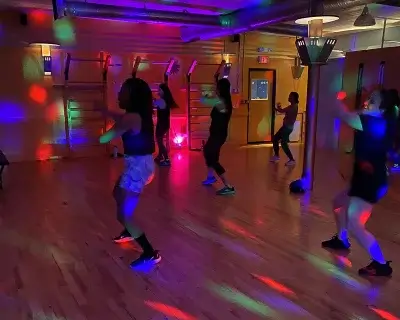
You probably already know that rest is an important part of recovery and overall health. A full night’s sleep is imperative for your body to function optimally. A day off from your physical fitness routine can help prevent injuries, allow for muscle recovery, and improve performance. You’ve likely experienced improved cognitive function, such as problem-solving and decision-making, after enjoying some downtime. But there’s so much more to rest than sleeping! In her book, Sacred Rest, Dr. Saundra Dalton-Smith outlines 7 types of rest that she’s found to be lacking through her clinical practice and research.
Dr. Saundra argues that even if you sleep enough, you may still feel groggy, burnt out, overworked, and exhausted without implementing the other types of rest. It’s important to understand the 7 types of rest, and more importantly, how to implement them into our daily lives. Once we do, we are one step closer to optimizing our health and happiness so that we can live with more clarity and vitality.
THE 7 TYPES OF REST
Physical Rest
There is no doubt that sleep is one of the most important ways to prioritize our health and wellness. Harvard Health recommends that adults get at least seven hours of sleep per night. But sleep is not the only option for physical rest! Other options include receiving relaxing bodywork, such as massage or acupuncture. Yoga classes like Yin or Restorative can help your body release tension and feel more rested. And just a few minutes of stretching can improve blood flow and respiration, which can help with feeling awake and physically revitalized.
Mental Rest
Like our bodies, our minds need breaks. Repetitive and racing thoughts can keep us up at night or distracted during the day. Our busy schedules and keeping track of all of our “to-dos” can scatter our focus. One of the best ways to tackle mental overwhelm is to write it all down. Keeping a journal nearby for making lists or recording your thoughts can help your mind find ease. Meditation is an exceptional tool for learning how to focus the mind. Try Qigong or a gentle yoga class like Deep Chill for guidance on centering your mind within your body to experience calm and centeredness.

Sensory Rest
From computers to phones to televisions, we often spend hours in front of screens. Constant stimulation, like sound or vibrating notifications, working indoors under bright lights, and being on alert while driving, can overwhelm the nervous system. Unplugging from external stimuli and giving the senses a break from input is invaluable for our wellness. Take a visit to our Spa for some much-needed TLC without distraction! Short on time? Even 15 minutes in our Infrared Sauna or stretching in our Outdoor Studio can be a reset that leaves you feeling more relaxed.
Creative Rest 
We need creative rest when we’re feeling uninspired or are having trouble making decisions. Creative rest is about being expressive and free to explore, simply for creativity’s sake, without expectation of outcome or output. Even if you may not consider yourself a “creative” person, taking time for creative rest can reawaken playfulness and joy in each of us. This can look like crafts such as painting, collaging, or cross-stitch, or signing up for a live music class. To give your creative rest a fitness twist, try one of our dance classes, including Sparkle Pop, Hit Yo Dance, or Tango!
Social Rest
We all need healthy, supportive social circles where we feel uplifted and seen. And sometimes, we need time by ourselves, away from social interactions, so that we can recharge. Being a part of a community of like-minded people can help us feel more secure in our environment, whether we’re interacting or simply sharing the same space during “alone time”. Hitting the gym is a great option for creative rest, whether you’re needing a solo workout or to take a class with new and encouraging friends.
Emotional Rest
Emotional rest encourages you to feel your feelings, without denying or suppressing them. When you listen to your emotions, they can help guide you to find a way to process and release them. Feeling sluggish and depleted? A massage or acupuncture can help move stagnant energy with hands-on healing. If you’re feeling frustrated or angry, a boxing session may be just the thing to help you work through it. If you’ve been feeling sad or listless, a playful class like CYCLE Beats or Rebound may be just the thing to bring a smile to your face.
Spiritual Rest
Spiritual rest is about connecting to the big picture and being in a relationship with something greater than ourselves. Spiritual rest might be found through contemplative practices like yoga and meditation, but we can also experience it by getting into “the flow” of a good workout. Spiritual rest can also look like engaging with our community in ways that uplift others and help us feel more connected. At the Castle, you can always expect a welcoming, inclusive, and kind Fit Fam that supports the greater Austin community through wellness events, fundraising, and more.
How Will You Implement Intentional Rest?
In our busy and often demanding lives, it can be challenging to remember to take breaks and rest. However, rest — in all its forms — is a vital component of health. Being aware of the 7 types of rest can help us be more attuned to our needs on any given day. We are then better equipped to find ways to support ourselves. Taking time to rest is not only necessary for physical recovery but also for supporting our mental wellness and productivity. Resting and recharging allow us to show up more fully in our lives, so that we can have better relationships not only with those around us, but with ourselves.